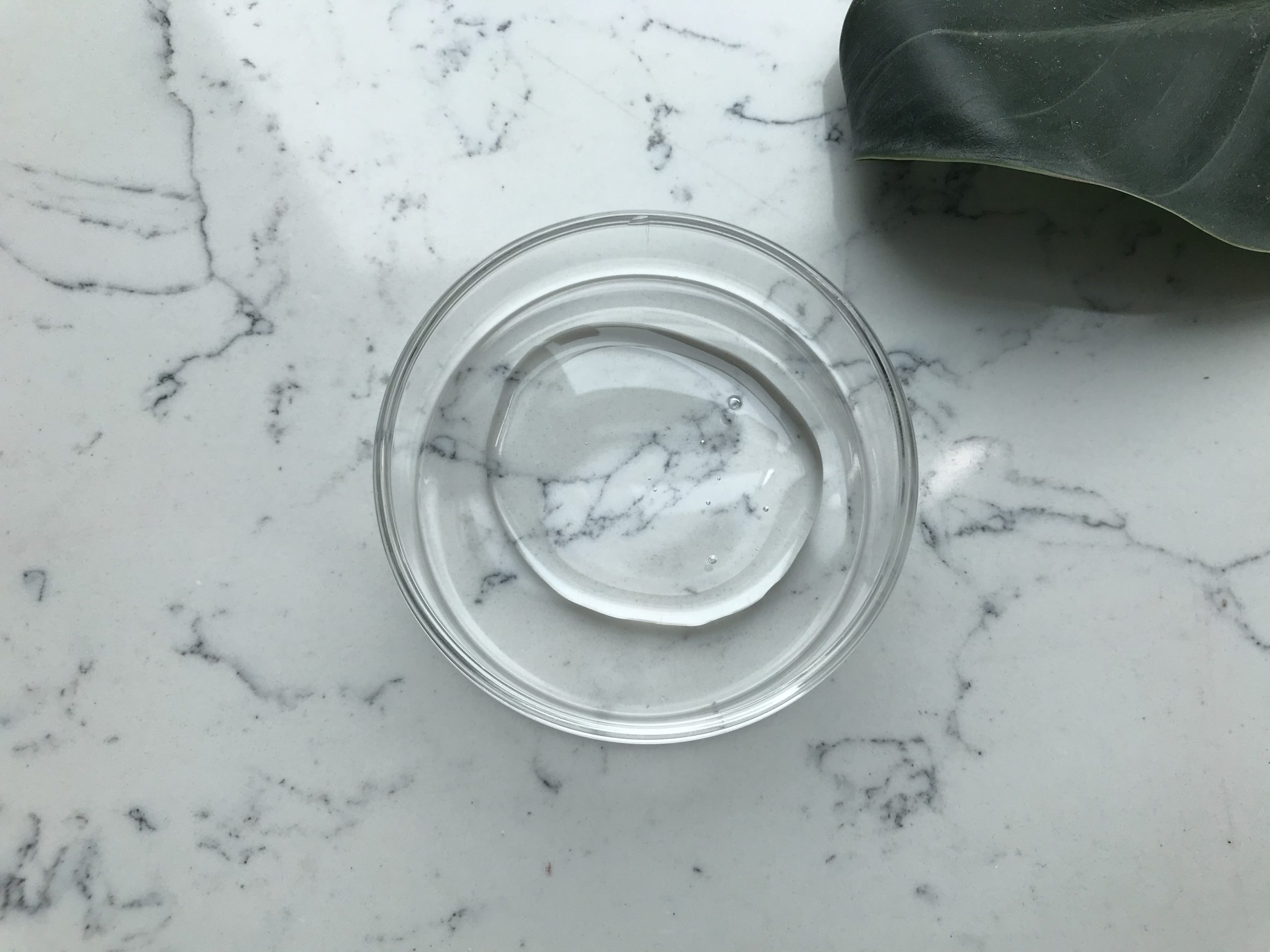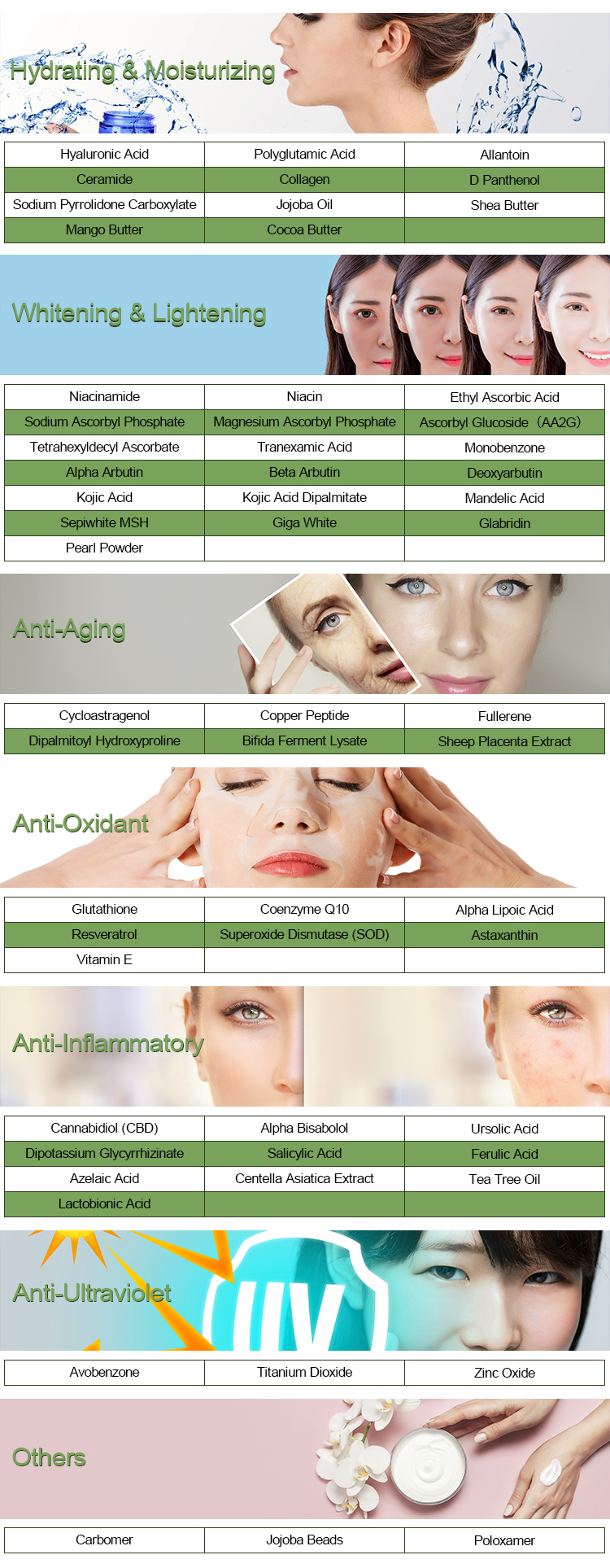D-Panthenol, also known as dexpanthenol or provitamin B5, is a synthetic derivative of pantothenic acid (vitamin B5). It is commonly used in various industries, including pharmaceuticals, cosmetics, and personal care products, due to its moisturizing and skin-nourishing properties. The processing of D-Panthenol involves several steps:

Synthesis: D-Panthenol is chemically synthesized from pantothenic acid through a series of reactions that typically include esterification and reduction steps. This results in the creation of D-Panthenol, which is the stable alcohol form of pantothenic acid.
Purification: After synthesis, the crude D-Panthenol product is purified to remove any impurities, residual reactants, or by-products. Purification may involve processes such as crystallization, filtration, and chromatography.
Quality Control: The purified D-Panthenol undergoes rigorous quality control tests to ensure that it meets the required specifications for its intended use. These tests can include assays to determine the purity, identity, and potency of the compound.

Formulation: D-Panthenol is often used as an ingredient in various products such as lotions, creams, shampoos, and ointments. Formulators combine D-Panthenol with other ingredients to create the final product. The concentration of D-Panthenol in the formulation will depend on the desired properties of the end product.
Stability Testing: Before being released to the market, formulations containing D-Panthenol undergo stability testing. This involves subjecting the product to various environmental conditions (temperature, humidity, light, etc.) to ensure that the D-Panthenol remains stable and effective over time.
Packaging: Once the formulation is finalized and stability testing is complete, the product is packaged into suitable containers for distribution. Packaging must protect the product from contamination, light, and other external factors that could affect its quality.
Regulatory Compliance: Depending on the industry and the intended use of the product, D-Panthenol and its formulations must comply with relevant regulations and standards set by regulatory agencies such as the U.S. Food and Drug Administration (FDA) or the European Medicines Agency (EMA). This includes proper labeling, ingredient listings, and safety information.

Distribution: Finished D-Panthenol-containing products are distributed to retailers, pharmacies, and other outlets where consumers can purchase them.
End-Use Applications: Consumers use products containing D-Panthenol for various purposes. In skincare and cosmetics, it is valued for its moisturizing, soothing, and healing properties. In hair care products, it can help improve the appearance and health of hair. In pharmaceuticals, it might be used in topical treatments for skin conditions.
It’s important to note that specific processing steps can vary depending on the manufacturer and the intended application of D-Panthenol. Additionally, as of my last knowledge update in September 2021, this information reflects the general processing steps involved in working with D-Panthenol. For the most up-to-date information, you should consult current scientific literature and industry sources.
